It was a day without fog at Race Rocks and as the westerlies continue, some serious clouds can be seen piling up on far horizons. The barometer rose all day, which bodes well for tomorrow but there may be a few needed showers.
It was a busy day on the water with 26 whale watching boats visiting the reserve. From the expressions on the tourists’ faces, they seemed to enjoy watching the sea lions. All the skippers were respectful except for two travelling together who did not heed the go-slow zone.
There were so many recreational fishing boats that I could only keep track of the ones who were in contravention of the DFO Rockfish Conservation Area closure which runs around the reserve at a 40m depth. Many of those fishing inside the boundary were in rental boats but some of the other speed boats were doing what they do best…speeding. The Pedder Bay Marina is really good about talking to folks who rent from them and informing them about the conservation area.
I looked for tagged and branded sea lions again today and can report another nine California Sea Lions and four Stellers’ Sea Lions bringing the total number of branded individuals sighted up to 29. Eventually we will know a bit more about their stories from those numbers they carry. There are also two Stellers with neck rings cutting into their flesh and one with a flasher hanging out of its’ mouth. There are individual Harbour Seals, as well as both species of sea lions with major wounds. Speaking of wounds, there were two new, (to me), very small Elephant Seals on the ramp today, probably young of the year, judging from the size.
A few Pigeon Guillemots are still carrying into fish into the large boulder area by the jetty. The chicks must leave for sea at night as I haven’t seen any on the water and most are probably fledged by now. Each day, there are more Pelagic and Double Crested Cormorants roosting on the southwest side of the island.
The desalinator worked for a couple of hours during the sunshine today, making fresh water thanks to the solar panels.
Month end inventory was conducted today with measurements taken of all the fuel, fresh water, and equipment run times recorded.
My other task was to try and stake out a small territory on the jetty so that I can come and go and do the sampling. The elephant seals are no problem, they just sleep as you pass, or open one eye. Keeping the more belligerent California sea lions off the jetty seems to be a losing battle and has made getting out to the end of the jetty to sample seawater, extra challenging.


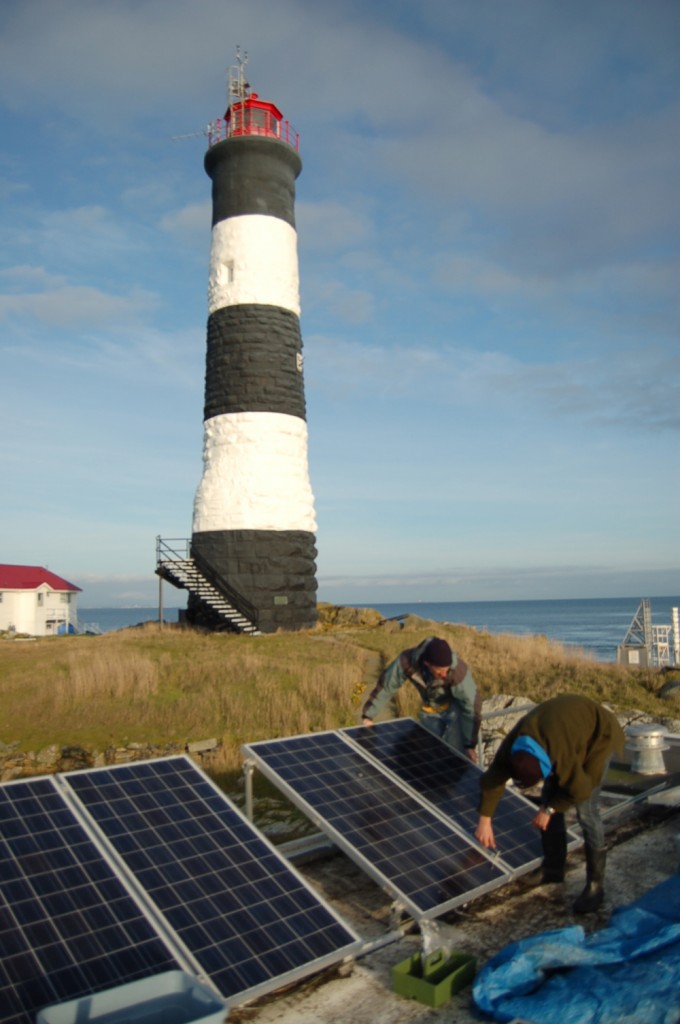
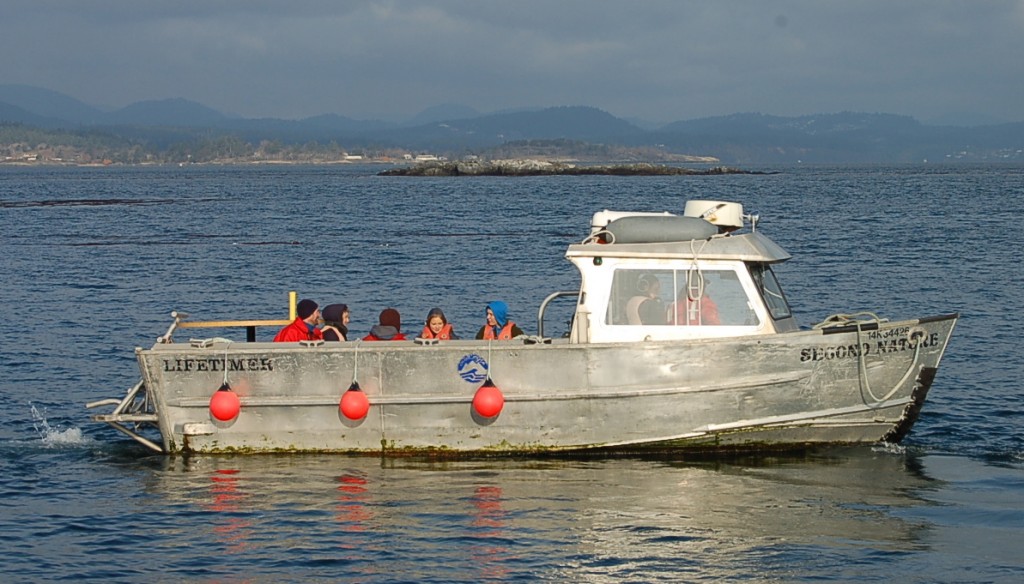
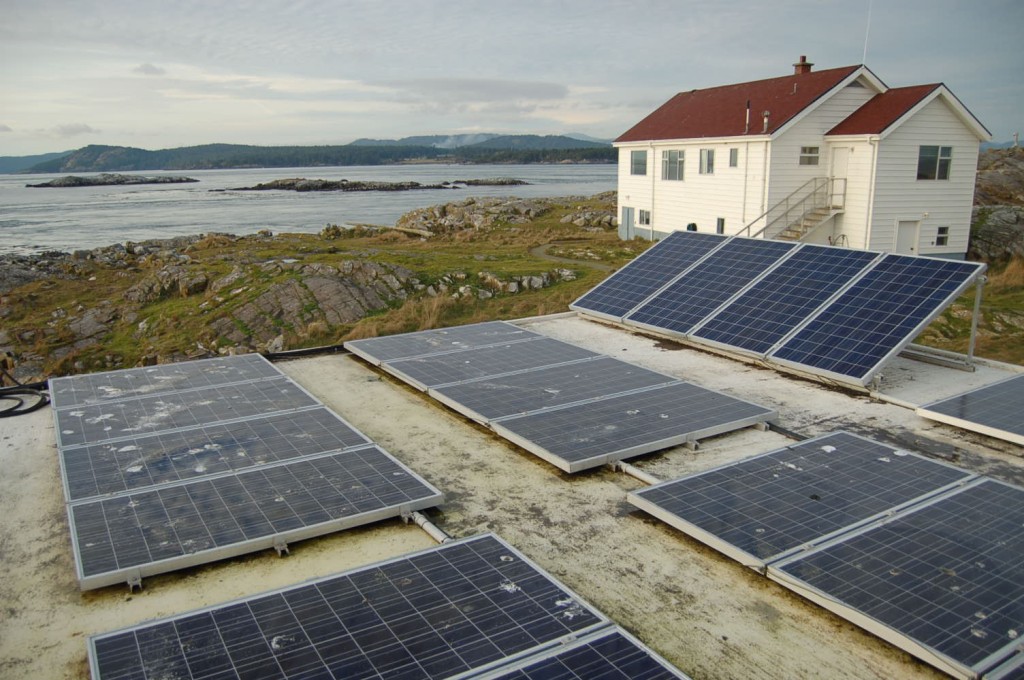
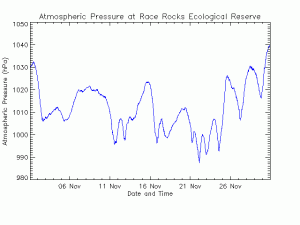
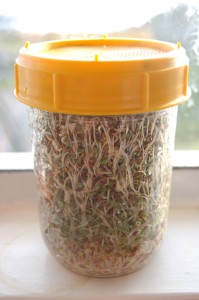
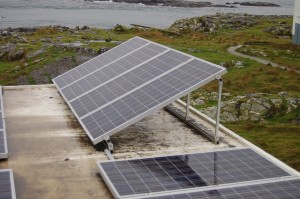
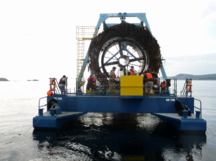
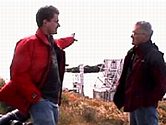
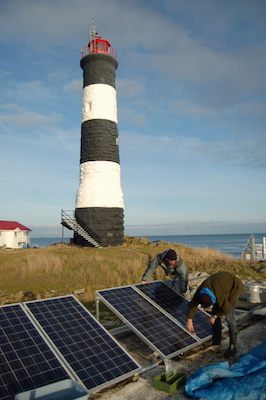
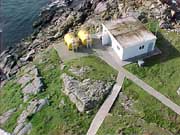
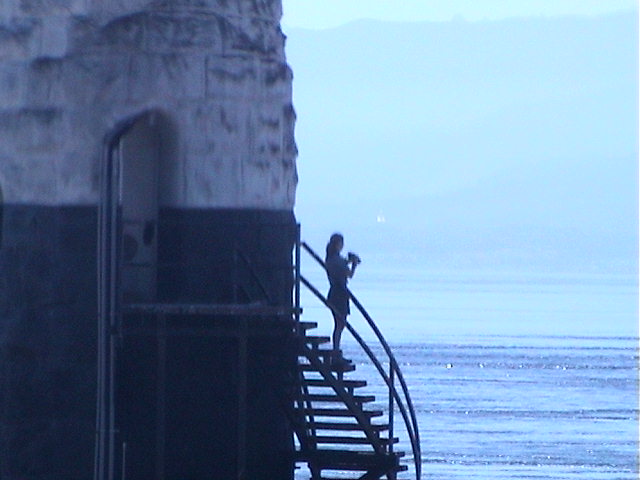
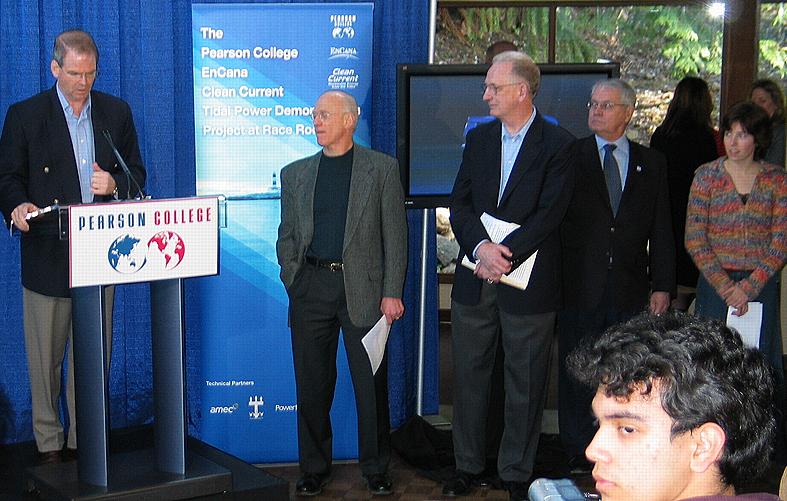
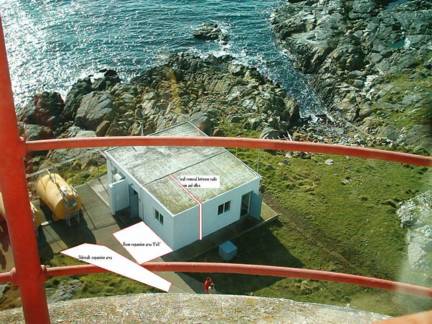
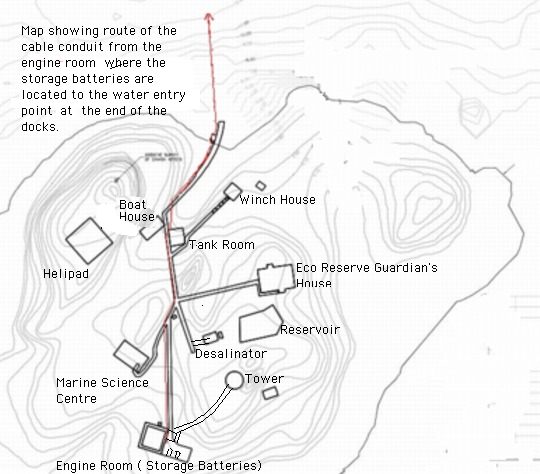
 nderwater testing of structural materials to be used for the turbine
nderwater testing of structural materials to be used for the turbine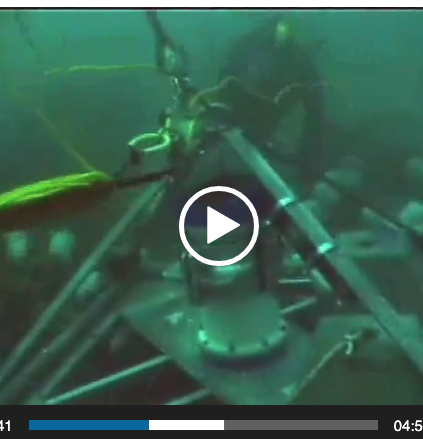
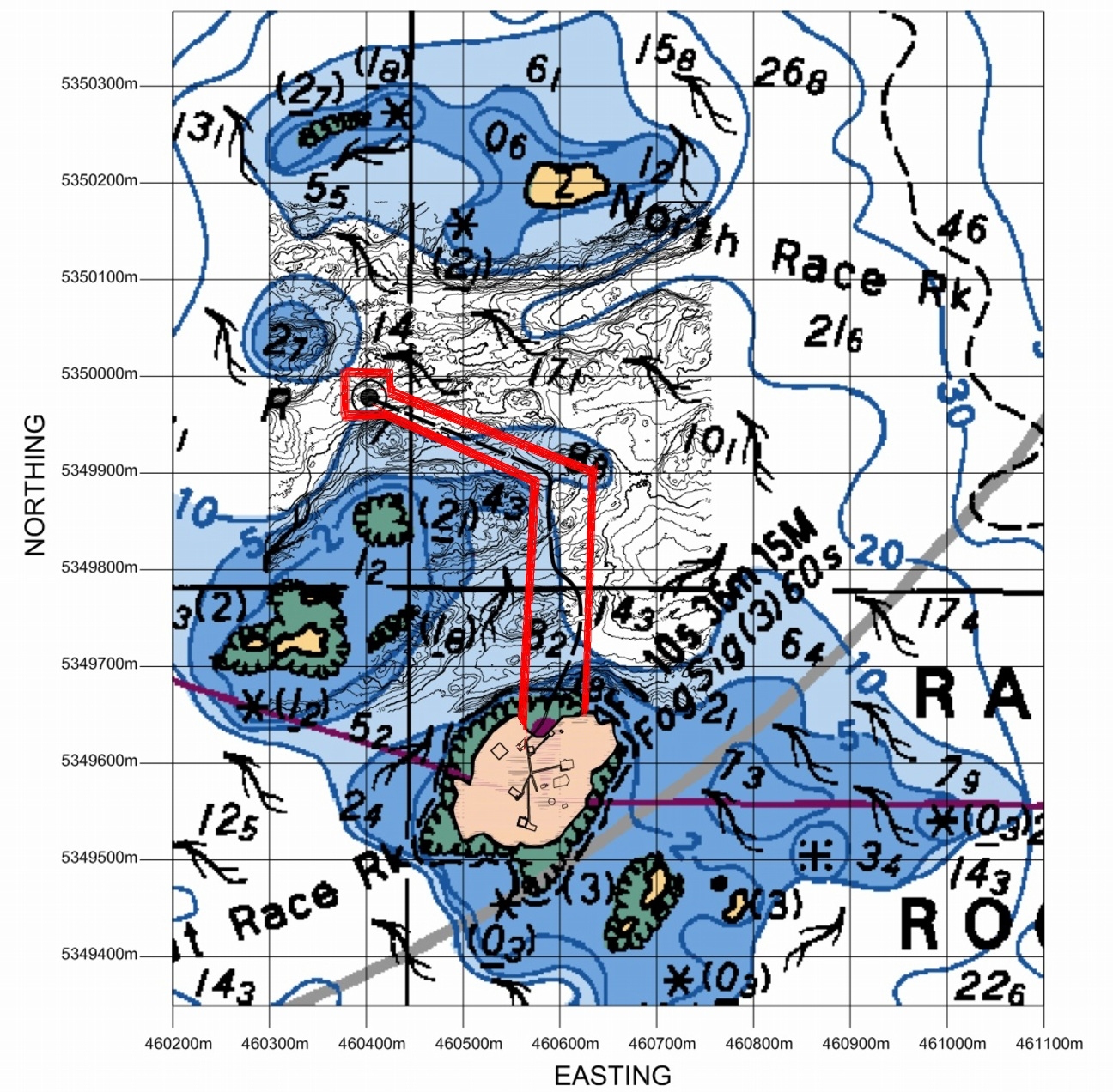

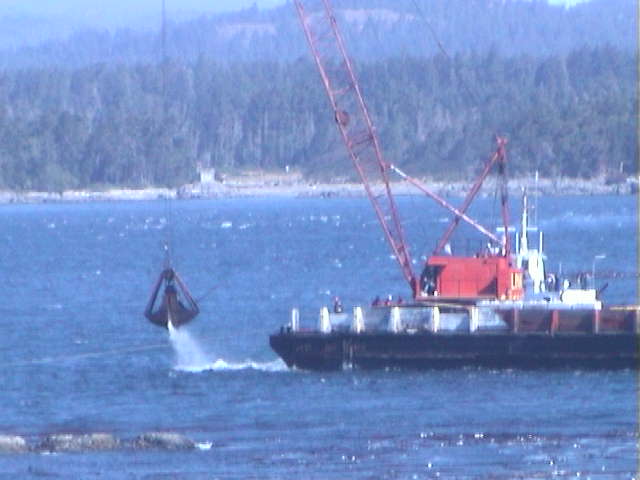
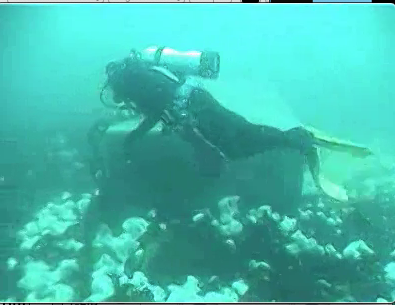
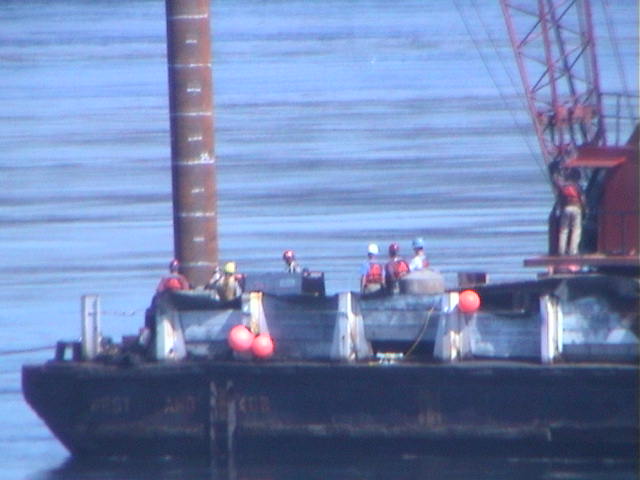
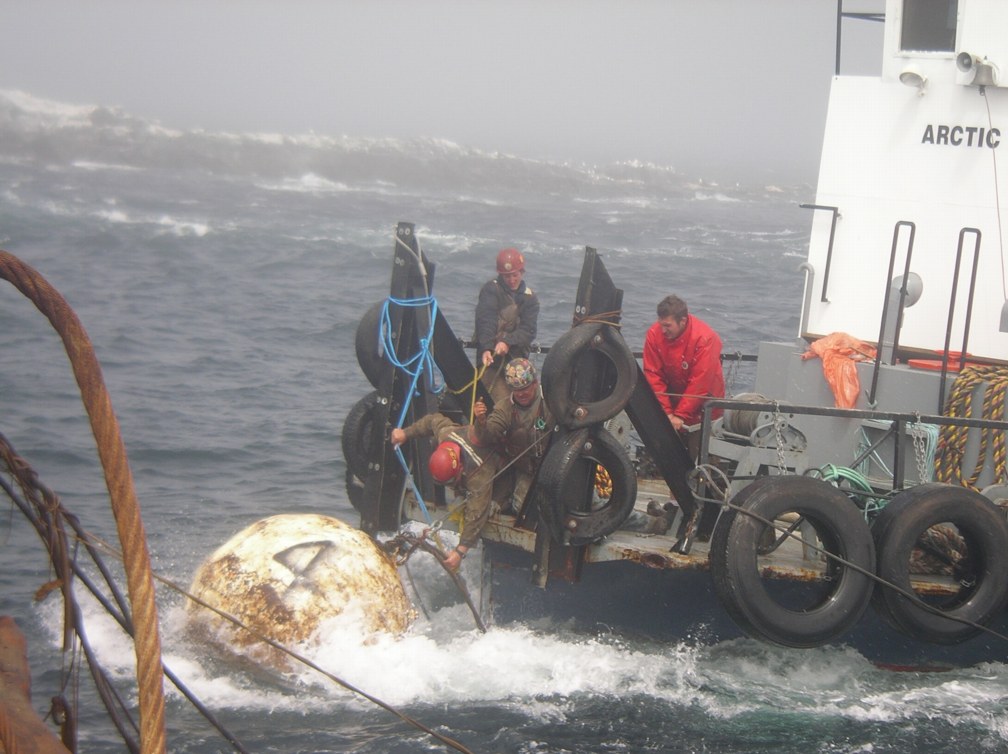
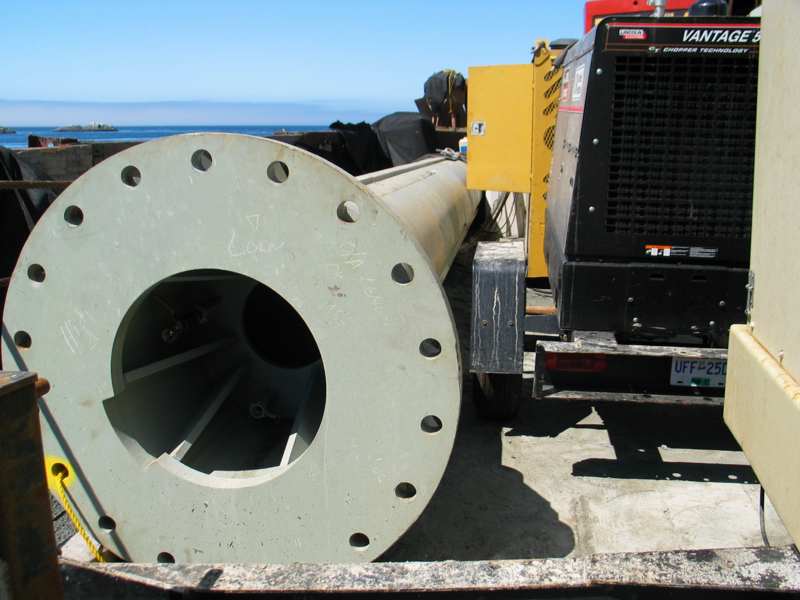
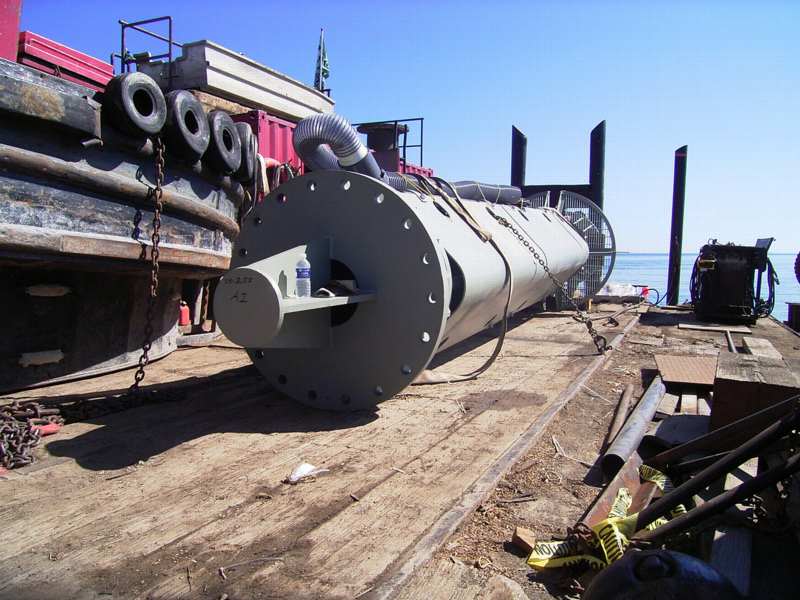
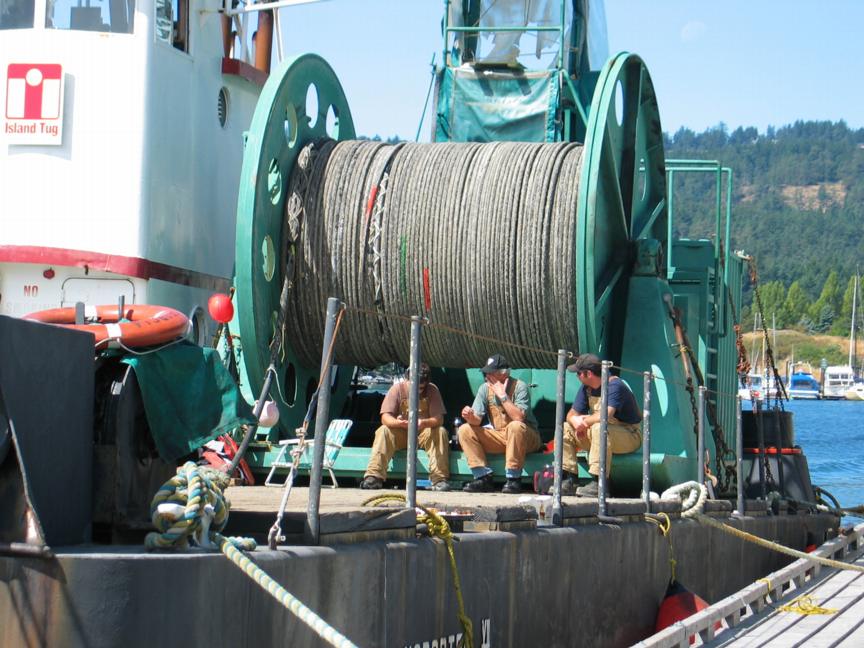
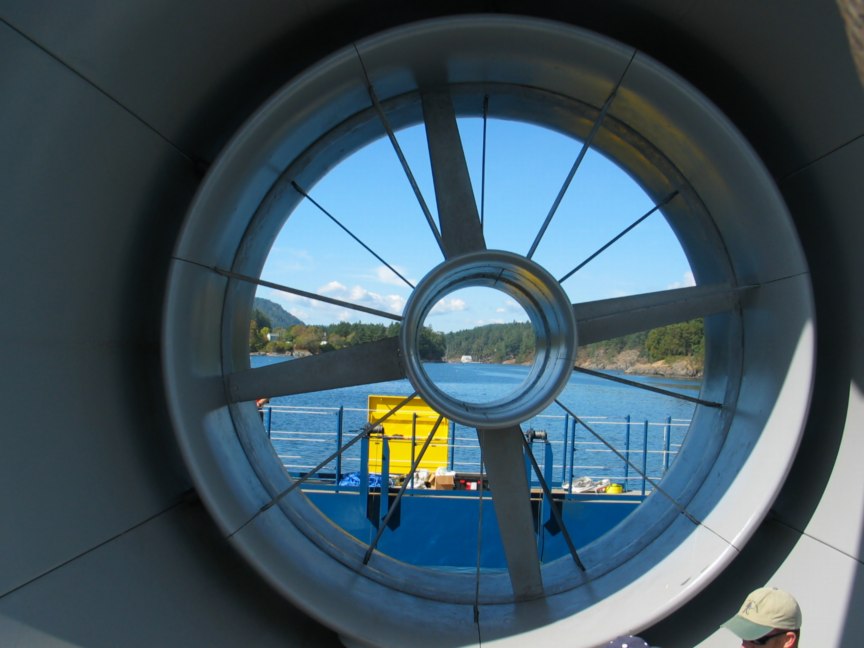
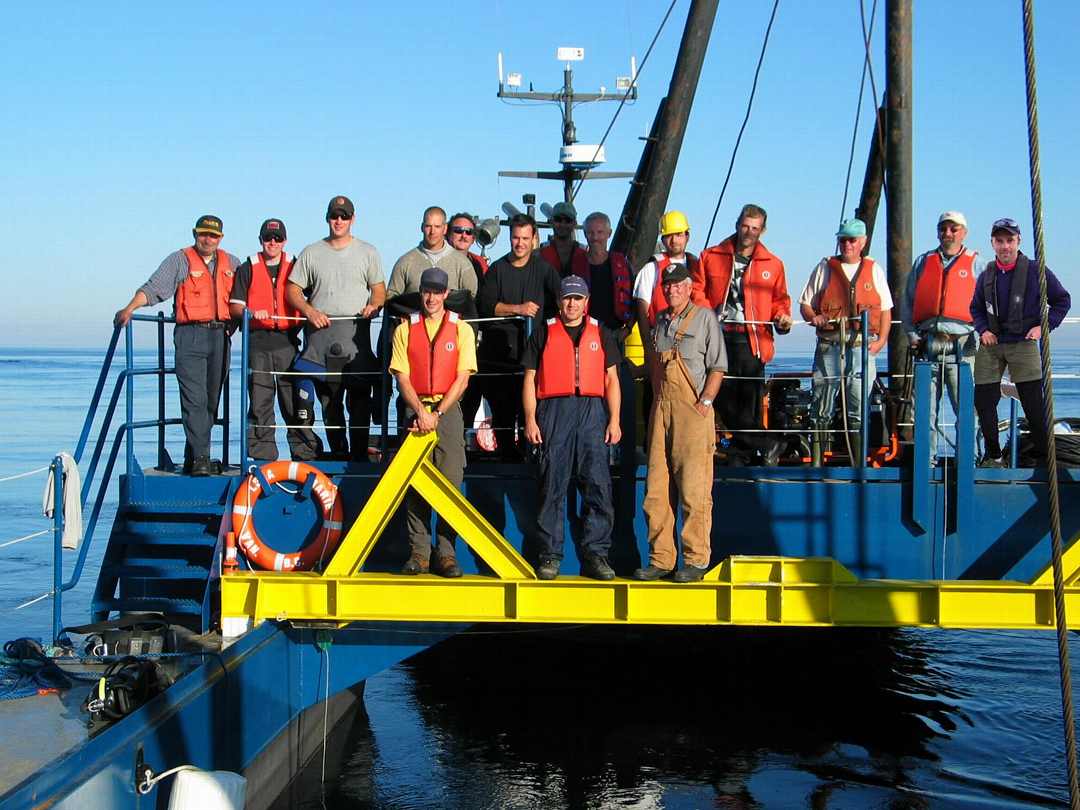
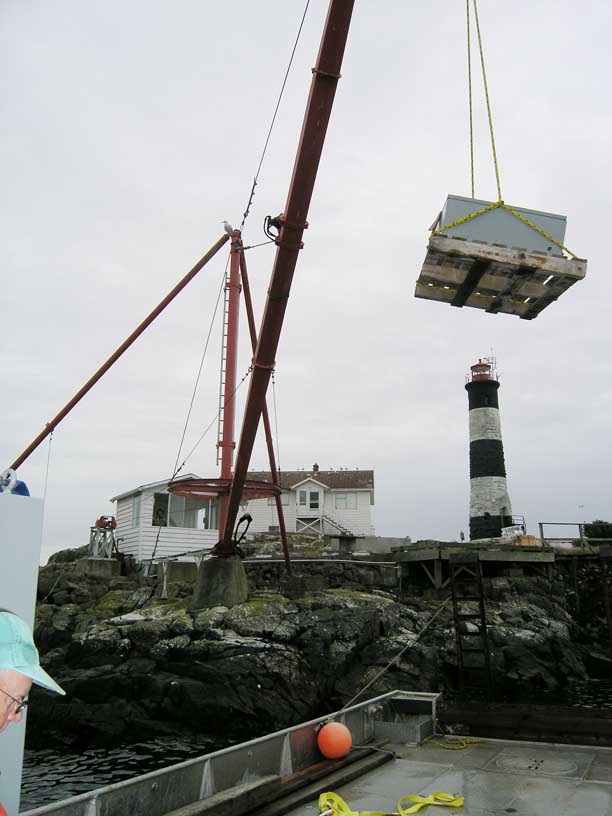
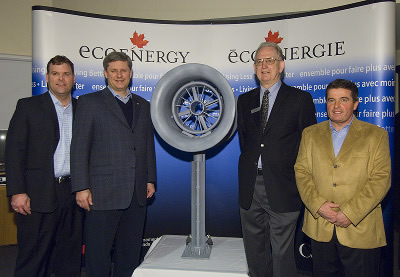
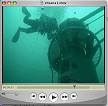
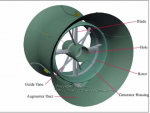
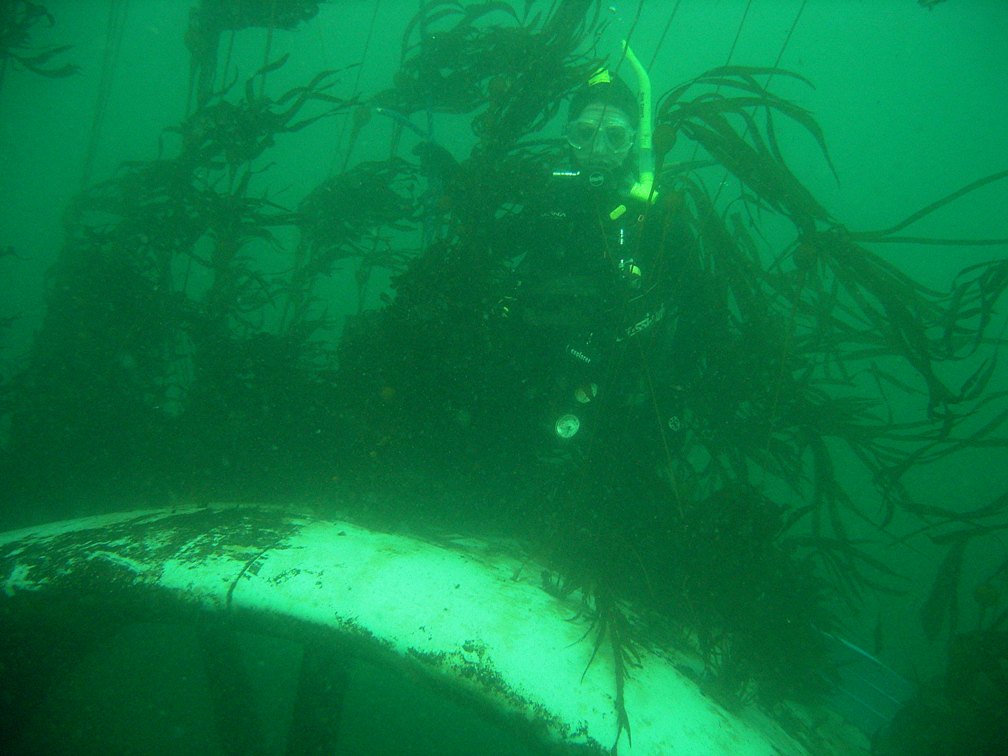
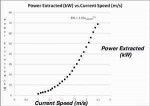
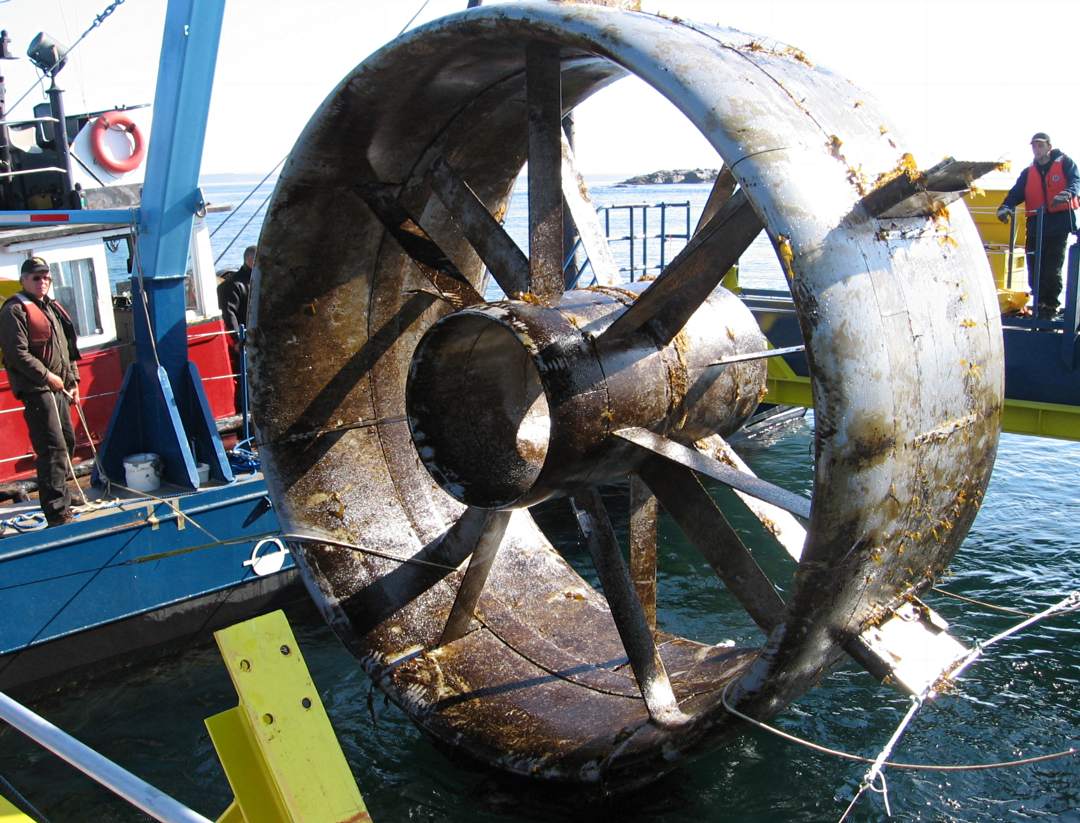
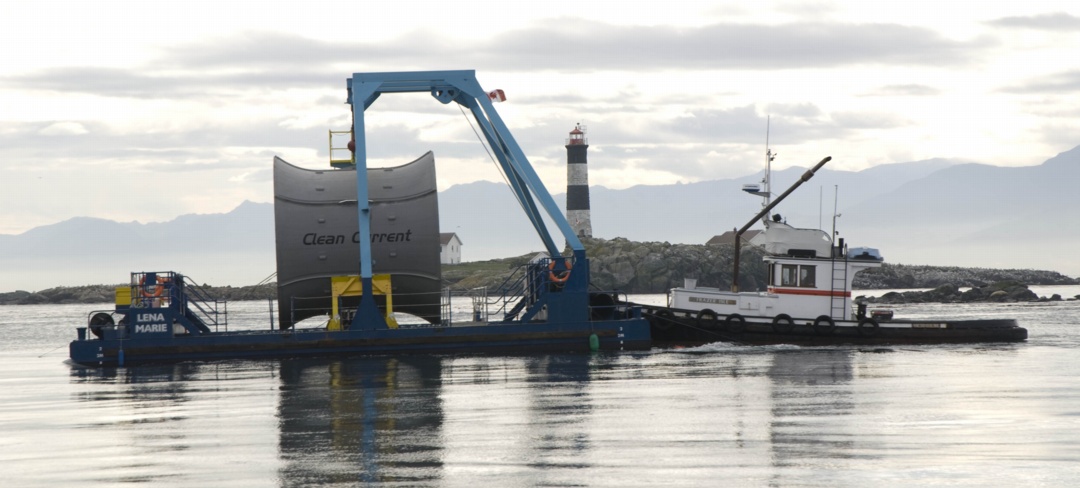

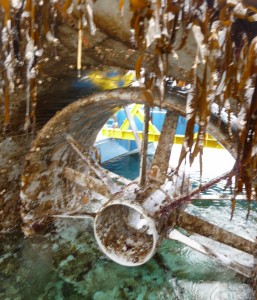 END of Tidal Energy project and removal of Turbine
END of Tidal Energy project and removal of Turbine